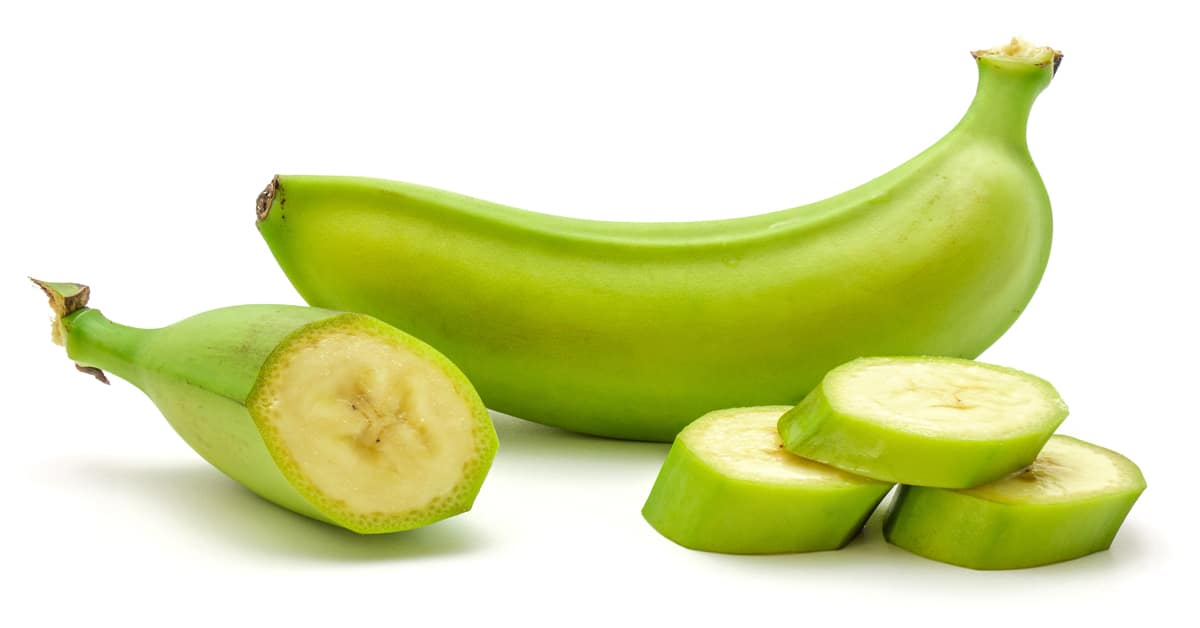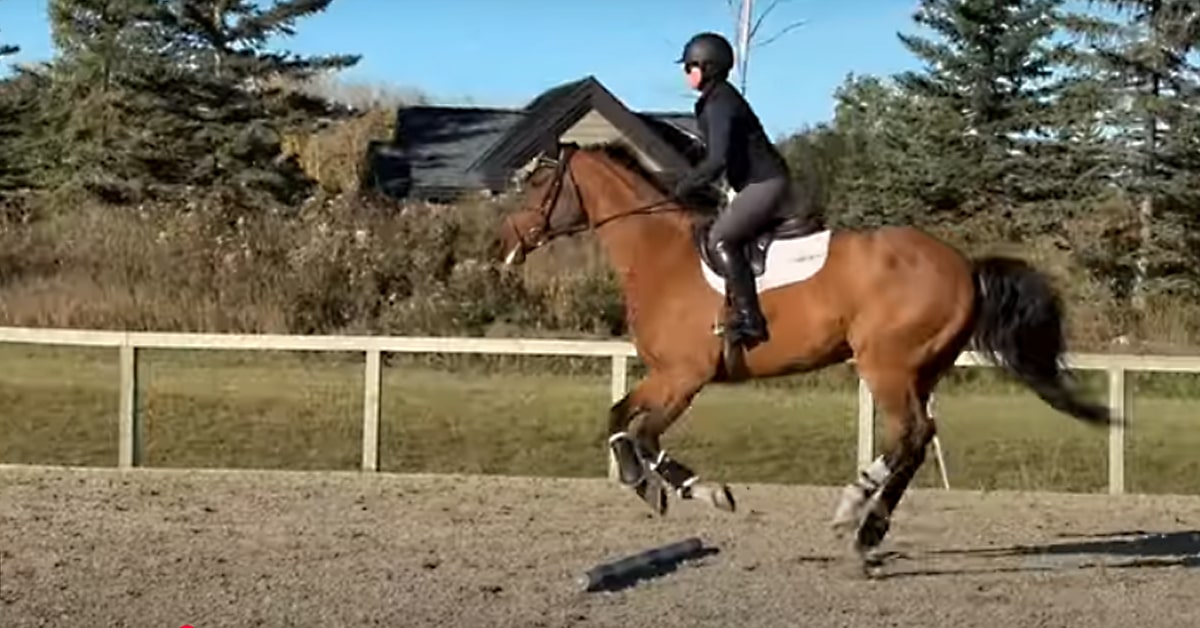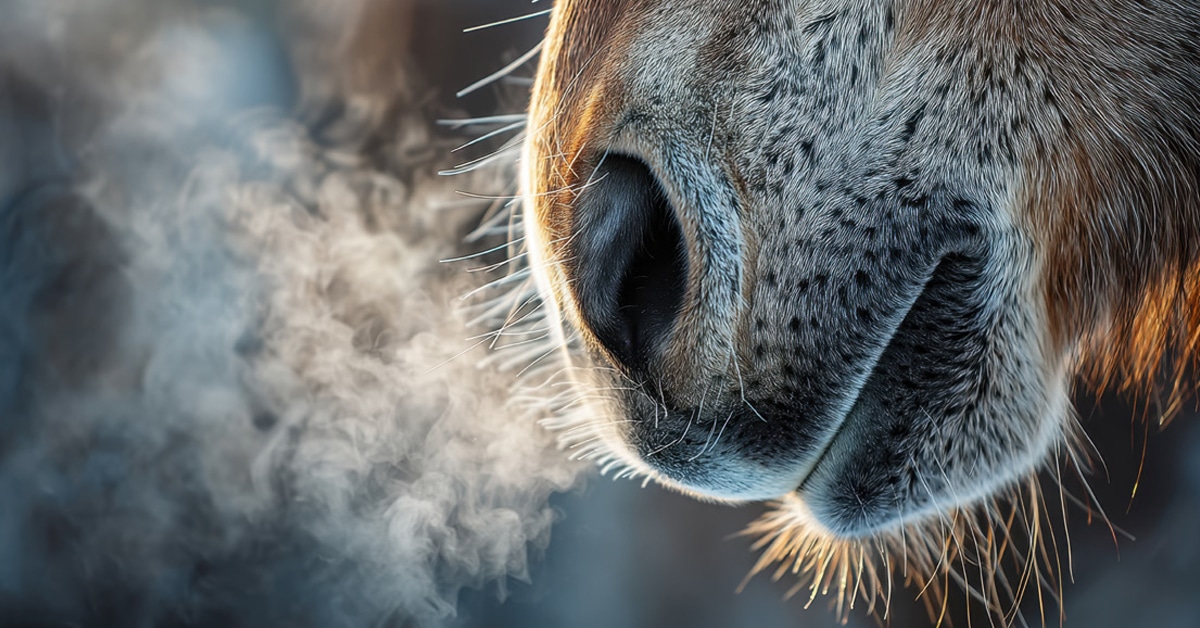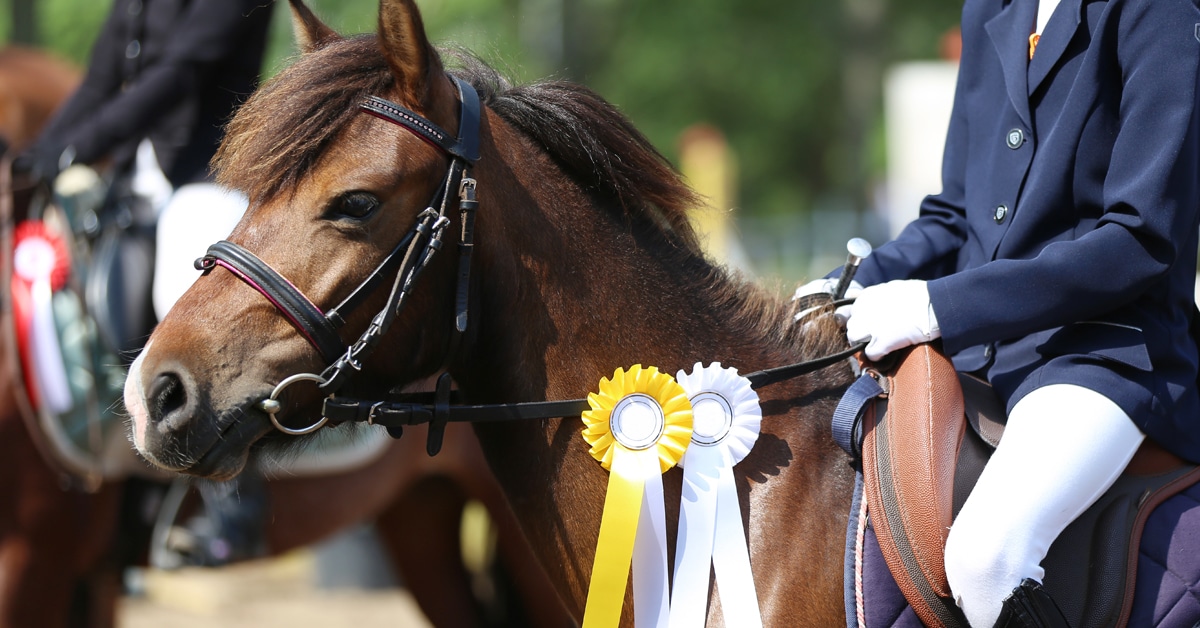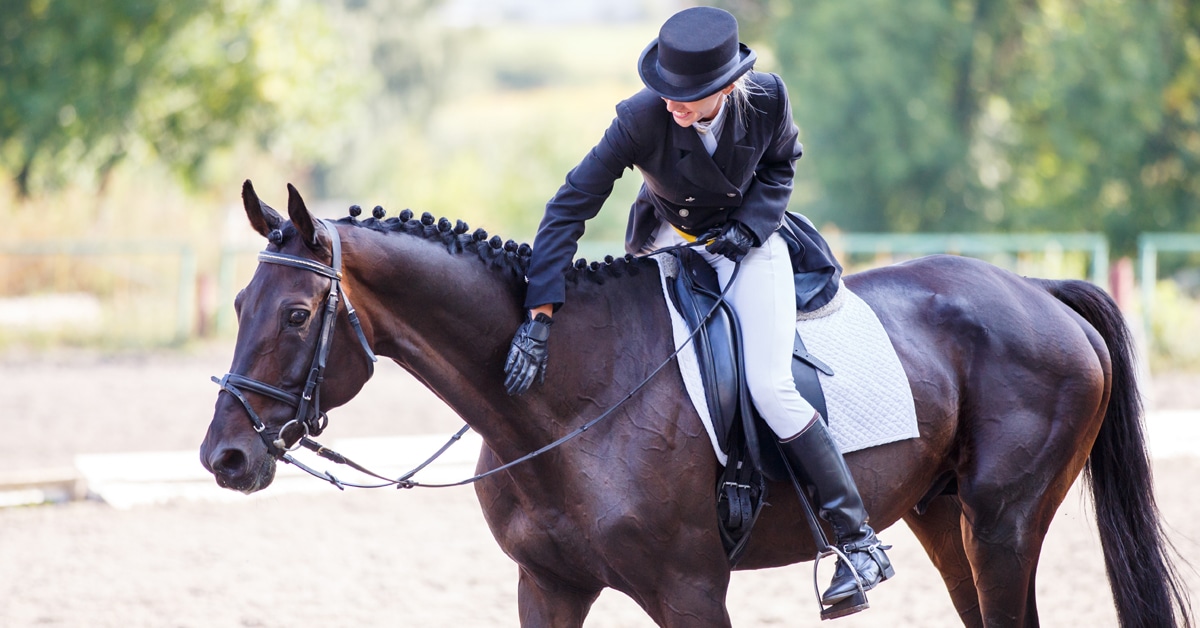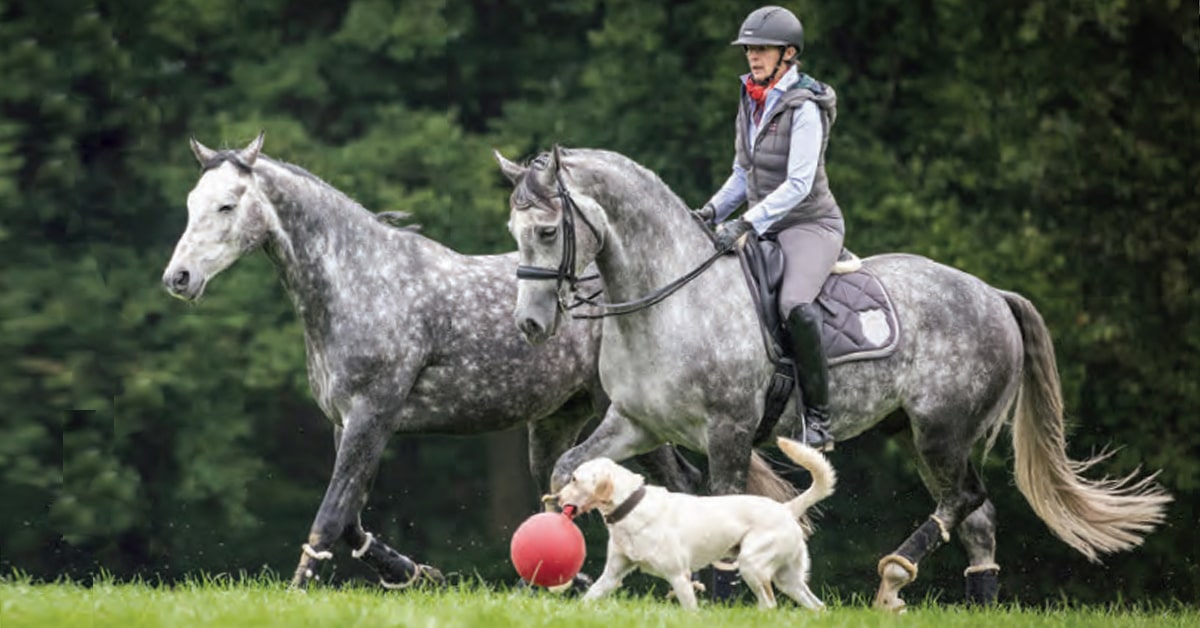As one of the most widely used pieces of equipment, bits are ubiquitous in the equestrian world and so deeply ingrained that many riders don’t even question their application. In most cases, bits are a mandatory tool for competition yet, as a whole, we are failing to recognize signs of mouth pain and take action for the betterment of equine welfare.
A prominent researcher from New Zealand, David Mellor, has sought to understand the influence of the bit on mouth pain and its effect on respiration. In his article, Mouth Pain in Horses: Physiological foundations, behavioural indices, welfare implications and a suggested solution, he explains “Observable signs of mouth pain are behaviours that are present in bitted horses and absent or much less prevalent when they are bit-free. It is noted that many equestrians do not recognise that these behaviours indicate mouth pain, so that the magnitude of the problem is often underestimated.”
Despite the horse being presumably “designed” to accommodate a bit, the mandibular gums are in fact richly supplied with nociceptors – specialized sensory nerve endings that detect painful or potentially harmful stimuli.
His research, along with that of several others, has more or less confirmed that many common behaviours are in fact bit-induced, and even calls to question the widely accepted notion that bits provide better control.
Inside the Horse’s Mouth
The tissues inside a horse’s mouth are among the most richly innervated, in both number and variety, of any in the body. These sensory receptors detect mechanical events (touch), thermal events (hot, cold, warm) and noxious events (pain), transmitting the impulses in a direct route via the trigeminal nerve to lower regions of the brain and to specific areas of the sensory cortex. These oral tissues can be exceptionally sensitive to noxious stimulation including compression, laceration, inflammation, impeded tissue blood flow, and stretching of the tissues.
Bridles are adjusted so that the bit lies within the interdental space, a largely tooth-free section of the gums on each side of the mandible. Despite the horse being presumably “designed” to accommodate a bit, the mandibular gums are in fact richly supplied with nociceptors – specialized sensory nerve endings that detect painful or potentially harmful stimuli. These receptors are responsible for sending pain signals to the brain when the gums experience injury, pressure, or irritation.
Rein tension transmitted as bit pressure applied to the mandibular gums can easily cause intense pain, especially as the pressure from direct bit-gum contact is amplified by the curve of the bit and the often narrow upper edge of the mandible, essentially crushing the gum tissues between metal and bone.

Horses may maneuvre the tongue over or behind the bit to partially cushion the gums from bit pressure and pain, resulting in tongue bruising. (Giromin Studio – stock.adobe.com)
The tongue is densely supplied with mechanoreceptors (providing exceptional tactile sensitivity to investigate, select, and manipulate food and other objects both inside and outside the mouth), as well as nociceptors. Although there appears to be fewer nociceptors in the tongue than in the gums of the interdental space, this should not be mistaken as an implication that the tongue is insensitive to pain. Bruising can occur when the horse uses the lateral edges of the tongue to partially cushion the gums from bit pressure. While the tougher keratinized dorsal surface of the tongue may be less sensitive to pain and reduce the overall pain experienced, it would not eliminate it because of the compression of both the tongue and gums.
Horses may also maneuver the tongue over or behind the bit to ameliorate bit-induced pain, using the frenulum (tissue connecting the tongue to the floor of the mouth) to absorb some of the pressure, or utilize the premolars. Although this would also be painful, it would change how the bit pressure affects the interdental gums, and potentially provide an overall reduction in pressure and pain.
Once an injury is created or lesions have developed, repeated use of the bit will intensify pain via irritation and reinjury, prolonging pain indefinitely or until given adequate time to rest (bit-free) and recover. Long-term damage from bits has been observed on skeletons of ridden horses, exemplifying the extreme potential for harm. (Mellor, 2017)
Respiratory Consequences from Hyperflexion and an Open Mouth
Horses undergoing strenuous exercise may breathe in and out up to 110-130 times per minute, achieving the movement of 1800-2000 litres of air per minute through their airways, or 10 litres of air per breath. This value represents a 25-27 fold increase of their rest values. In order to achieve this, the respiratory passages must be as widely open as possible, as even minor obstructions will drastically impede airflow.
Unlike people and most other mammals, horses are “obligate nasal breathers,” meaning that to be able to breathe fully and effectively for the physiological demands we ask of them, they must breathe through their noses. Overtight, too low, and poorly-fitted nosebands are one possible obstruction, but as discussed in Studies Reveal Dressage Judges Reward BTV Head Carriage, multiple studies have definitively confirmed that hyperflexion can cause significant obstruction as well. Horses have consistently demonstrated preference for head-neck angles greater than 110°, and angles approaching 120° or more also serve to flatten and widen the airways for increased respiratory needs at higher speeds. On the other hand, head-neck angles of less than 90° can reduce the diametre of the nasopharynx which disproportionately and significantly decreases airflow rates as well as alveolar gas exchange.
The extent of compromised breathing when the nasal plane is nearly vertical or behind the vertical ‒ and especially in the rollkur position ‒ is prone to generate intense feelings of breathlessness/suffocation. This experience, similar to that of the end of a long breath hold, is known as “air hunger.” “Often described as ‘increased urge to breathe’, ‘shortness of breath’, ‘smothering’ or ‘suffocation’, it is always reported to be unpleasant, and even moderate air hunger is more unpleasant than maximal respiratory effort.” (Mellor, 2017)
Another component of achieving maximum airflow is by the creation of negative pressure in the oral cavity and oropharynx by swallowing with the mouth closed, and keeping it closed. The negative pressure, requiring an airtight seal at the lips, holds the soft palate firmly down on the root of the tongue deep in the throat, with the larynx fitting tightly into the soft palate orifice.
If one or both of these seals is compromised, air will enter the oral cavity, freeing the soft palate to balloon up into the nasopharynx (nasal cavity), vibrating with each breath and impeding airflow.
When bits create oral pain behaviours that include opening of the mouth ‒ even a small opening ‒ the lip seal will break. If the bit causes bulging of the tongue deep in the throat, the tongue can break the palato-laryngeal seal. When palatal instability results, it may progress into extreme palato-laryngea disengagement in which the soft palate is drawn above the epiglottis, and may partially or completely block airflow during inspiration and obstruct expiration.
Feral horses, horses ridden bit-free, and horses otherwise walking/trotting/galloping at liberty keep their mouths sealed except to vocalize, graze, bite, yawn, groom, or curl their lips…
This upper airway impediment to airflow, clinically described as dorsal displacement of the soft palate (DDSP), initiates a cascade of pathophysiological changes in the lower airways, risking negative pressure pulmonary oedema (NPPO), and exercise-induced pulmonary hemorrhage (EIPH) increasing airflow resistance in the lower airways and/or impeded respiratory gas exchange in the alveoli. Human patients with NPPO describe it as intense feelings of suffocation, thus these effects generate welfare-compromising experiences for the horse.
Adversely, feral horses, horses ridden bit-free, and horses otherwise walking/trotting/galloping at liberty keep their mouths sealed except to vocalize, graze, bite, yawn, groom, or curl their lips in the Flehmen response, linking opening of the mouth and most of the undesirable oral behaviours to the presence of bits.
The Bit and Breathlessness
As trends in modern dressage have shifted to favour head carriages behind the vertical, the unnaturally closed angles and extremes of rollkur are a double-edged sword. These head-neck positions, achieved by high rein tensions, will cause significant mouth pain observable by the oft-consistent oral behaviours, and also drastically compromise the horse’s ability to breathe and swallow. These consequences are also likely in many equestrian sports given the closed head-neck angles frequently, even if only transiently, observed.
Adopting these lower head angles can also occur as a result of the horse choosing to adopt them to escape pressure from the bit. Dressage riders tend to maintain higher bit pressures of ~6.6 kg/cm2 with continuous rein tension. If the head-neck angles are achieved by reins of constant length secured to a surcingle, the horses self-selected lower bit pressures of ~2.1 kg/cm2 by marginally reducing their head-neck angles themselves. (These bit pressures were calculated from reported rein tension data.) Even as the self-selected lower bit pressures would still have caused some degree of pain, the closed head-neck angle would also have compromised breathing and contributed to sensations of breathlessness.
Behaviours of Mouth Pain & Distress
In his 2020 article, Mellor explains that “behaviour is often used to indicate when animals, including horses, are in pain. Some behavioural responses to mouth pain may be identified easily as being due to noxious oral stimuli, whereas the link with other responses may not be as obvious. This is because indicative behaviours may involve the mouth, tongue, lips, nostrils, eyes, ears, head, neck, trunk, legs, and/or tail, as well as changes in posture, gait, and the vigour and character of locomotory activity.”
A 2018 study by W. R. Cook and M. Kibler sought to evaluate undesirable behaviours of 66 horses, comparing these behaviours while being ridden with a bit versus without a bit. Horses used in the study ranged from three to 24 years of age and were ridden in a mix of English disciplines including dressage, pleasure, trail, eventing, and jumping. The bits used were snaffles, Pelhams and double bridles, and the bit-free bridle was a crossunder (Dr.Cook®).
The most common pain behaviour affecting 53 horses (80%) was “hates the bit” which included chomping, chewing or clenching the bit, grinding the teeth (bruxism), constant fussing with the bit, “busy mouth,” and evading contact.
Sixty-nine behaviours were observed and documented in the horses, including a range of indications from the more obvious (gnashing, fighting the bit, difficulty to bridle, head-shaking, leaning, tongue over the bit, etc), to the less obvious (difficulty to catch, unfocused, difficulty backing up, sneezing and snorting, heavy on the forehand, fails to stand still, etc.). The most common pain behaviour affecting 53 horses (80%) was “hates the bit” which included chomping, chewing or clenching the bit, grinding the teeth (bruxism), constant fussing with the bit, “busy mouth,” and evading contact. This was followed by “fright” shown by 46 horses (70%) which was defined as “anxious, unpredictable, ‘hot,’ nervous, painful, shy, spooky, panicky, tense, stressed.” The third most prevalent behaviour was a “stiff neck,” occurring in 45 horses (68%).
The reduction of 84% when ridden bit-free is significant “for reasons over and above the relief of pain. Bitted-rein tension restricts movement of the head and neck, handicapping a horse’s ability to breathe, stride and balance…Over half of the 69 pain indices when bitted were expressed by abnormal positions of the head and neck at exercise. Unfettered movement of the head-and-neck pendulum is a vital locomotory mechanism. Freedom of the neck is key to freedom of gait. Except when ridden by a master horseman (someone who rides with a loose rein and does not apply rein tension) a bitted horse can be unbalanced by rein tension and is likely to stumble.” (Cook, Kibler, 2018)
Perhaps most interestingly, the fourth most prevalent pain behaviour of bitted horses was “lack of control” in 65% of the studied horses. With an 86% reduction when ridden bit-free, this observation “questions the rationale of competition rules which mandate bit usage on the grounds that bits control horses.” (Cook, Kibler, 2018)
The study concluded that all 69 behaviours were caused by the bit, evidenced by a significant reduction when the bit was removed. The mean reduction when bit-free was 85% (range 43–100) with a median of 87%. This is especially significant given that many of the bit-induced pain behaviours increased the risk to safety of both horse and rider, once again undermining the widely accepted idea that bits increase control.
Rein tension, regardless of whether it is applied abruptly, transiently, sustained, or cyclically with the gait, risks the noxiousness of immediate pain; tissue trauma and the prolonged pain from injury; the increased intensity by continued bit contact on pre-existing injuries; and risk of re-injury or time off required for tissues to heal. This isn’t to suggest here that horses would experience significant or continuous pain throughout every ride, but is evident in most competitive circumstances where stronger rein tensions are known to be used and highly aversive levels of pain are likely to be experienced.
These observations challenge, without a doubt, the arguments in defense of current competition mandates and long-held beliefs about the purpose of bits. Behaviour is part of the horses’ language and expression, and we are overdue to re-evaluate the status quo, allow bit-free alternatives, and move towards policies that actively promote welfare, acknowledging what can no longer be denied about common and unnecessary pain endured by equine athletes.
The Latest

